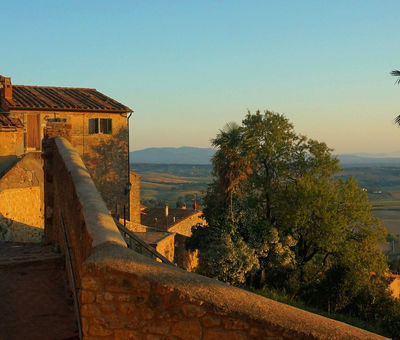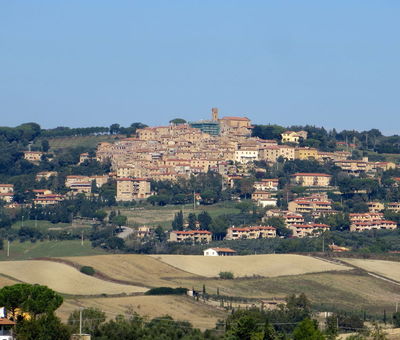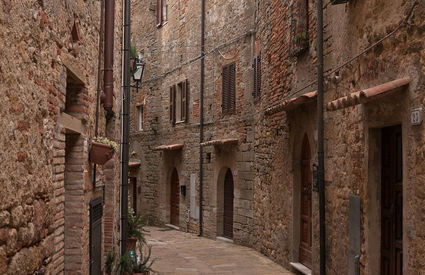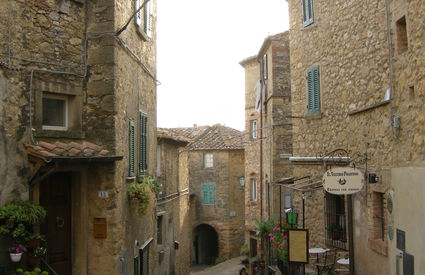The right name
“Like a stream of houses down the slope”, thus writer Carlo Cassola described his experience of Casale Marittimo, the beautiful Tuscan village that, like so many others, has the quirk of having a maritime name despite not being on the coast. The origin of the name is not, in fact, clear; Giovanni Targioni Tozzetti, expert traveller, wrote in the second half of the 1700s: “to the right-hand side, an extremity of the hill sticks out and extends towards the sea, and on the last ridge there a modern farmhouse”. So, was there a much older settlement? There probably was, most likely an Etruscan village. Furthermore, popular beliefs only serve to muddle the story. For example: a popular fable speaks of two castles, Casalevecchio and Casale Nuovo, but no archaeological findings support this belief. The last debates about the name of the village were settled in the early 1900s when it definitively assumed the name Casale Marittimo.
Thanks to the Grand Duke
Once upon a time, Maremma was infested with malaria and the difference between life and death was the cleanliness of a place. At the start of the 1700s, the countryside was in a state of complete poverty, the majority of land was reserved for hunting by the feudal lords and forests extended to all parts.
Wolves were so numerous that in 1810; a government decree freed wolf hunting from any prior constraints.
Accounts, however, already spoke of Casale Marittimo as “the biggest and cleanest castle in the whole marquisate”. But what were the reasons for this? “A spring of good water and a protruding part of elevated hill that is well ventilated”. Although there were little more than thirty inhabitants, with the Grand Duke’s reforms and gradual decontamination, this number grew to over a thousand. Nowadays, Casale Marittimo has overcome the demographic crisis caused by the migration away from the countryside thanks to tourism and the arrival of new landowners, above all Swiss and Germans who have succeeded in cultivating cereal crops, oil and wine.







